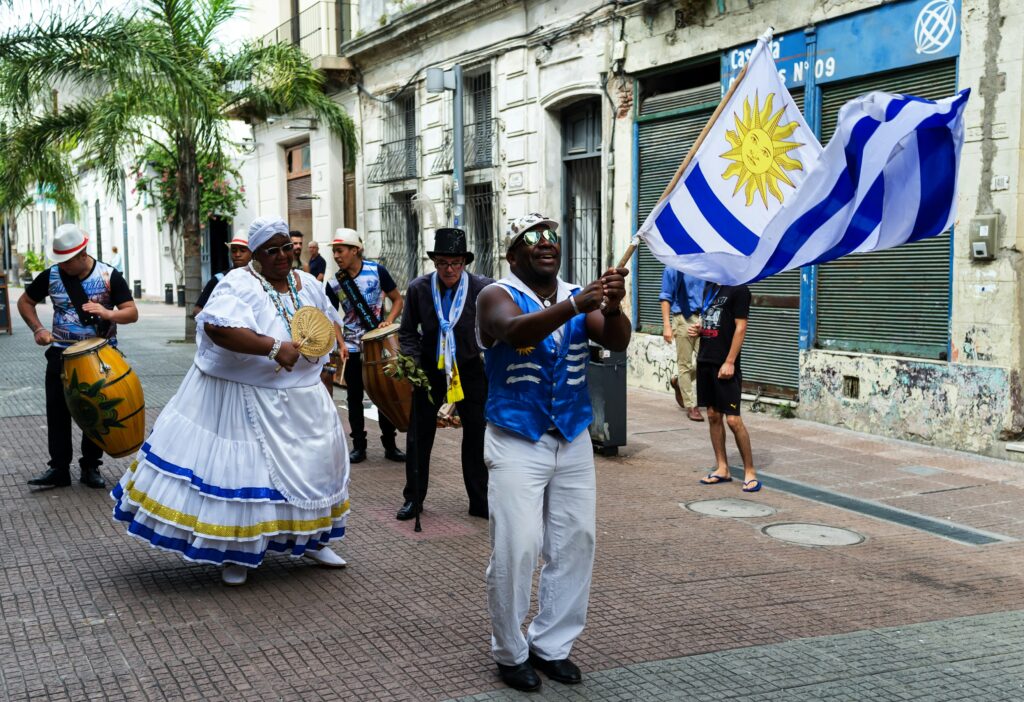
When I first stepped foot in Montevideo, I felt a rush of excitement. The vibrant streets, the welcoming locals, and the promise of adventure filled my heart. But soon after, I realized I needed to manage my money wisely. Navigating a new country can be thrilling, but it can also drain your wallet faster than you’d think.
This guide is here to help you do just that—manage your money like a pro while exploring the beautiful sights and rich culture of Uruguay. Let’s break down some essential tips that will make your trip smoother and more enjoyable.
Understanding Currency and Exchange Rates
First things first, let’s talk about the currency. Uruguay uses the Uruguayan Peso (UYU). Before you go, it’s a good idea to check the current exchange rate. Rates can vary, so keeping an eye on them might save you some cash.
Here’s the thing: exchanging money at the airport might not be the best option. They often charge higher fees. Instead, try local banks or exchange offices. You’ll likely get a better rate.
Cash vs. Card
You might wonder, should I carry cash or use my credit card? A mix of both usually works well. Some places accept credit cards, but smaller shops and markets may only take cash. Carry enough pesos for everyday expenses but keep it safe.
Set a Daily Budget
Before you even start packing, think about how much you want to spend each day. This doesn’t have to be strict. Just have a rough idea. It helps you make smarter choices and avoids overspending.
Here’s an example. If you plan on spending $100 a day, make sure you track little things. A coffee here, a snack there—it all adds up. Set aside some cash for unexpected treats or trips.
Be Aware of Hidden Costs
But here’s the problem: some costs might not be obvious. For instance, restaurants often add a service charge to your bill. And don’t forget tips! Tipping around 10% is customary but not mandatory.
Food and Dining
Eating out can be a fantastic experience in Uruguay. You’ll want to try the local asado or empanadas. However, dining out often means different price points.
Where you eat makes a big difference. Street food is generally cheaper and delicious. A meal from a local vendor can be as low as $5. In contrast, sit-down restaurants could cost you more than $20 for a meal.
Grocery Shopping
If you’re on a tighter budget, consider buying groceries. Local markets often have fresh produce, and prices can be quite reasonable. This way, you can whip up a few meals yourself and save some cash for those must-try restaurants.
Transportation Tips
Getting around Uruguay can be straightforward, but you’ll want to budget for it. Public transport is available, but it varies by city. In Montevideo, buses are common and cheap. A bus ride might cost just about $1.
Ride-sharing services like Uber are also available and can be a good option, especially late at night. Just remember, costs can add up quickly if you rely solely on rideshares.
Walking and Biking
But here’s the good news: many attractions in cities like Montevideo and Colonia del Sacramento are walkable. Consider renting a bike. It’s a fun way to explore, and it won’t hurt your budget too much.
Activities and Experiences
Uruguay is packed with things to do, from beach days in Punta del Este to wine tours in the Valle de Uco. But many of these activities come with a price tag. Research ahead of time for any free or low-cost activities. Local events can be a goldmine of fun and culture without breaking the bank.
For example, many cities have free walking tours. They offer a chance to learn and experience the culture while tipping the guide at the end.
Check for Discounts
Also, check for discounts on activities. Many places offer combo tickets or discounts for students. Don’t hesitate to ask about deals! It could save you a pretty penny.
Stay on Top of Your Finances
Use budgeting apps to track your spending. It’s easier to keep an eye on your expenses in real time. Not only will you see where your money goes, but you’ll also be able to adjust as needed.
Another tip? Take screenshots of receipts, especially for larger purchases. This helps you keep track of what you’ve spent and might even help with any discrepancies later on.
Emergency Funds
Finally, it’s wise to keep an emergency fund. Things happen, and having a backup can be a lifesaver. Whether it’s a sudden travel change or an unexpected expense, a little cushion goes a long way.
Final Thoughts
Managing your money on vacation doesn’t have to be daunting. With some planning and a bit of mindfulness, you can experience all that Uruguay offers without stressing about your finances. Enjoy the stunning coastline, rich culture, and delicious food without having to watch your budget every second.
So embrace the experience. You got this!
**Related Reading:** – [Related: How to Plan a Solo Trip on a Budget] – [Related: Top Destinations for First-Time Solo Travelers] **#SoloTravel #Essential #Tips #Managing #Money #Tourist #Uruguay #Comprehensive #Guide**
